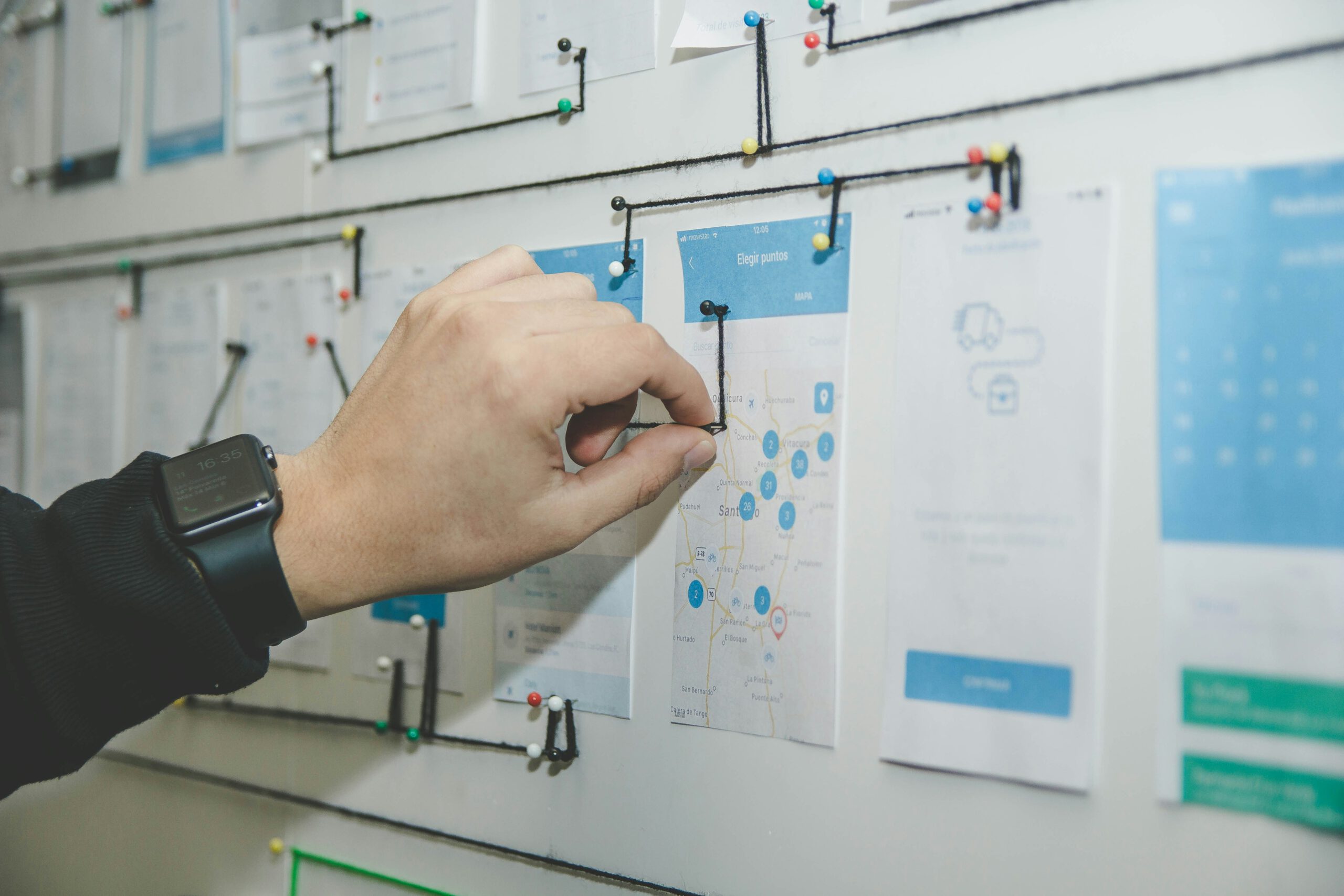The Problem: Internal Progress ≠ Customer Progress
Many sales funnels are built around internal steps: quote sent, CRM updated, order form prepared. But these markers tell only one side of the story – what we did.
They don’t reflect where the customer is in their journey. And that creates misalignment.
You may think a deal is in a late stage because you’ve already shared pricing. But if the customer is still comparing alternatives, your timing – and your questions – are off.
Why the Customer’s Decision Process Matters
Buying decisions follow recognizable psychological patterns:
- Awareness of a need
- Definition of what they want
- Evaluation of available solutions
- Comparison and trade-offs
- Decision-making and negotiation
Your sales stages should mirror this journey. If they don’t, the funnel won’t help you steer.
You’ll talk about payment terms when the customer is still figuring out basic specs. Or ask for a commitment when they haven’t narrowed down their options. That’s not just ineffective – it risks losing trust.
What Buyer-Led Funnel Logic Looks Like
In a buyer-led funnel, each stage is tied to a clear customer action or mindset shift. For example:
- Moving to “Evaluate” means the customer is actively comparing options
- Reaching “Decision” implies they’ve reduced their list and are aligning internally
- Staying in “Investigate” means they’re still defining their requirements
This approach creates alignment. It allows sales reps to ask better questions, pace communication more effectively, and avoid common missteps – like pushing too hard or showing up too late.
What to Do: Align the Funnel with the Buyer’s Journey
To move from seller-centric to buyer-led:
- Review current funnel stages and define them from the customer’s perspective
- Replace internal actions (“quote sent”) with customer behaviors (“customer requested commercial proposal”)
- Train sales teams to diagnose where the customer is – not just where the rep hopes they are
- Use misalignment as a signal: if the customer and funnel don’t match, pause and realign
- Replace assumptions with open questions
This shift does more than improve communication. It creates better deal outcomes – because it meets the customer where they are, not where the system says they should be.
A seller-centric funnel may feel faster. But a buyer-led funnel is what actually moves deals forward.
If your funnel reflects what you do – but not what the customer decides – it’s time for a shift.
Aurora helps sales teams adopt a buyer-led funnel: one that follows the customer’s actual decision process, not just internal milestones. The result? Better timing, stronger conversations, and deals that move for the right reasons.


